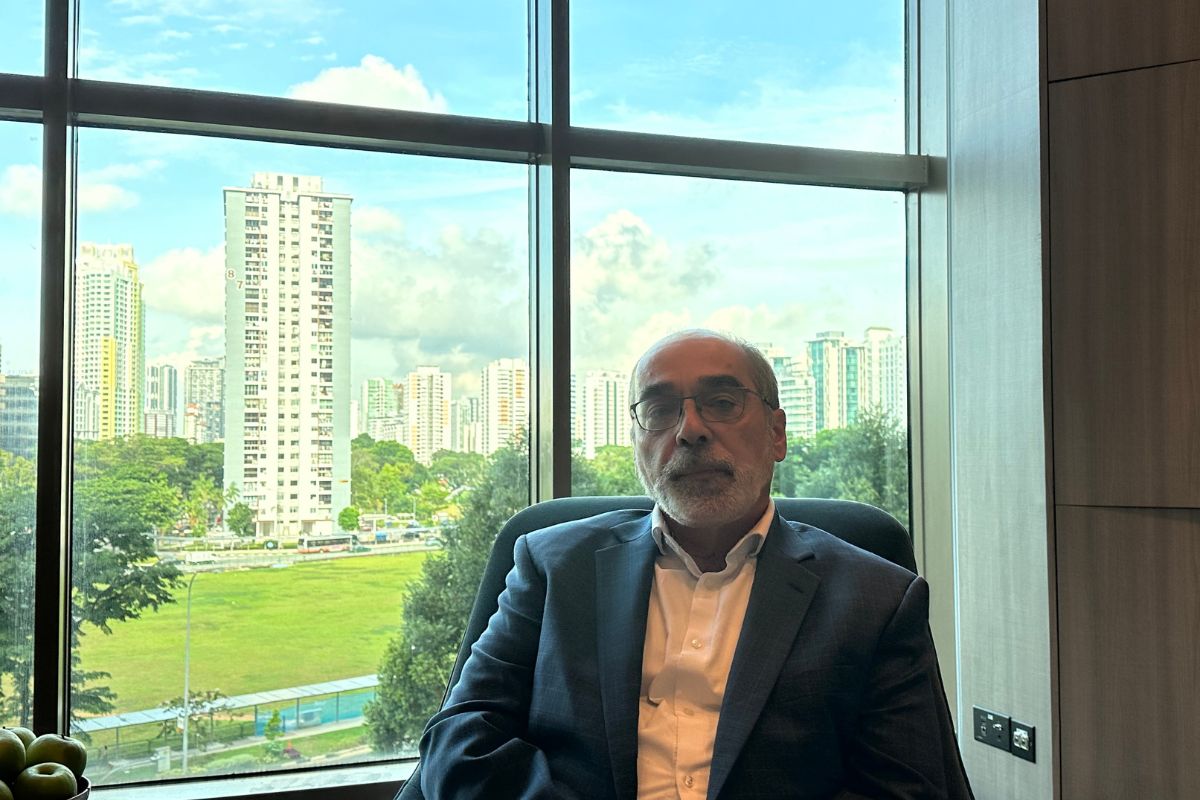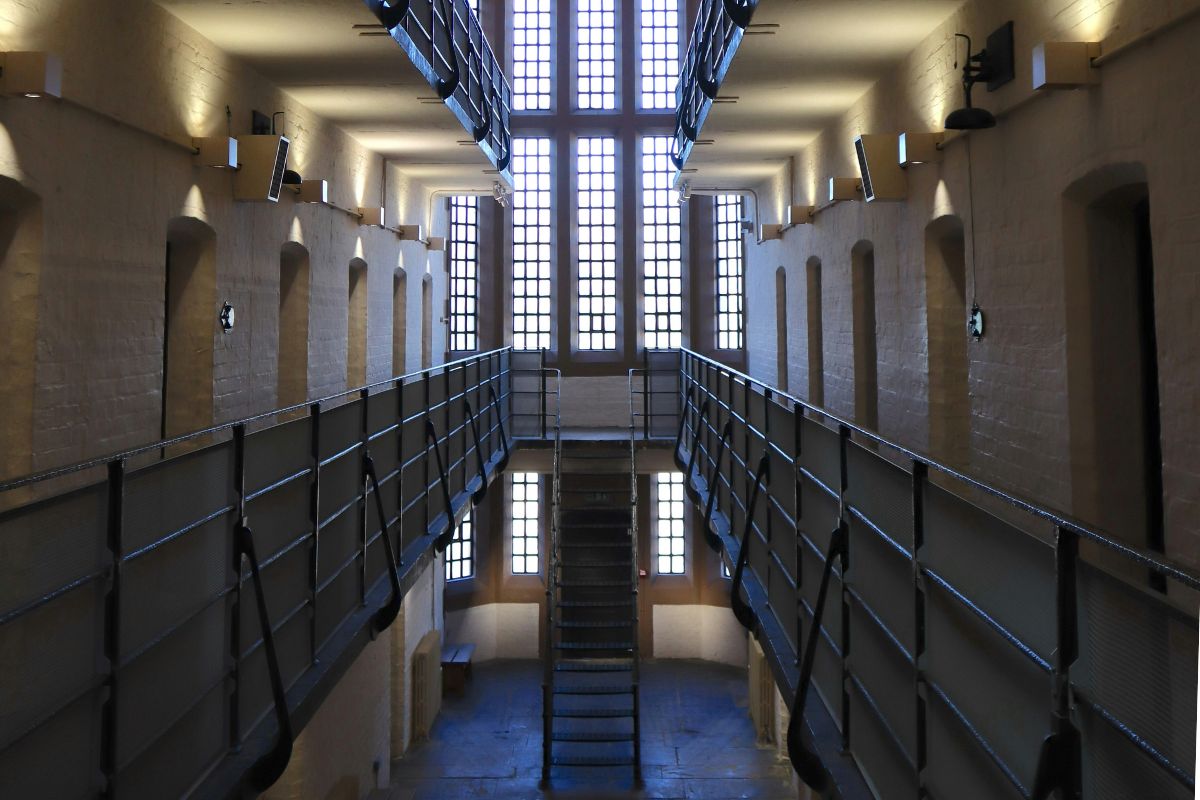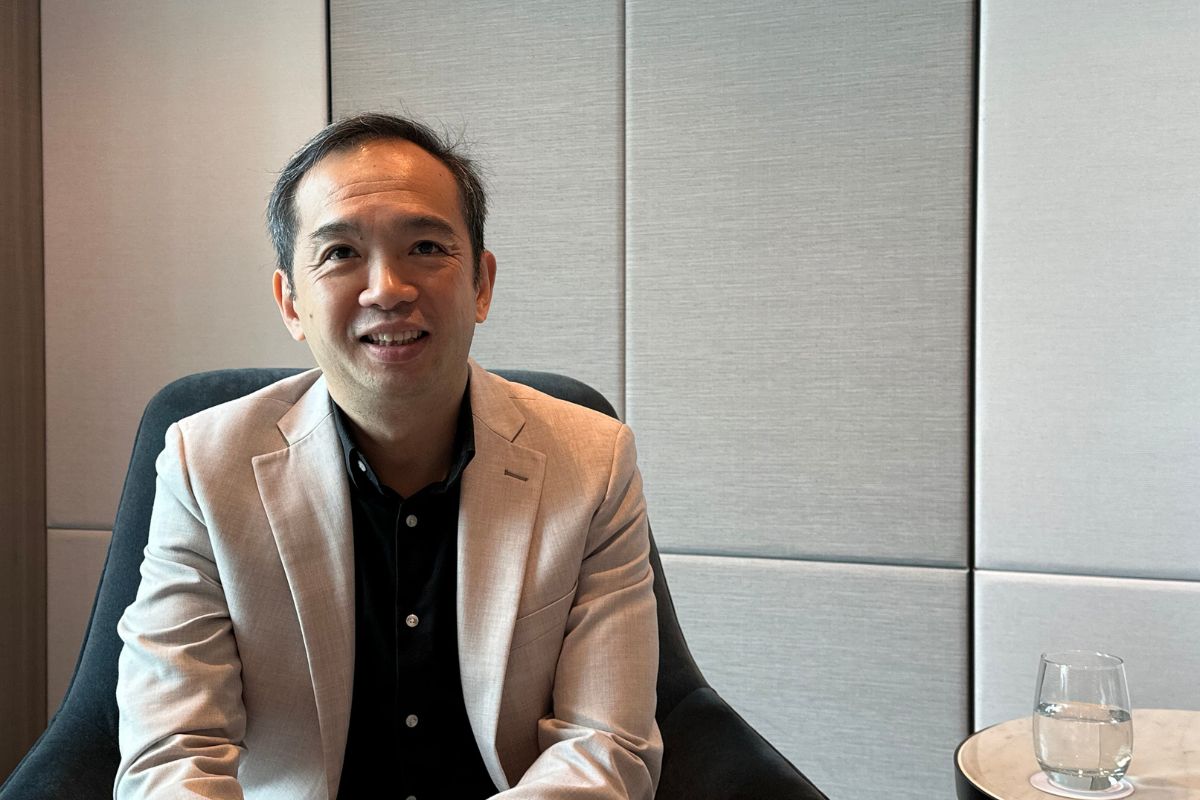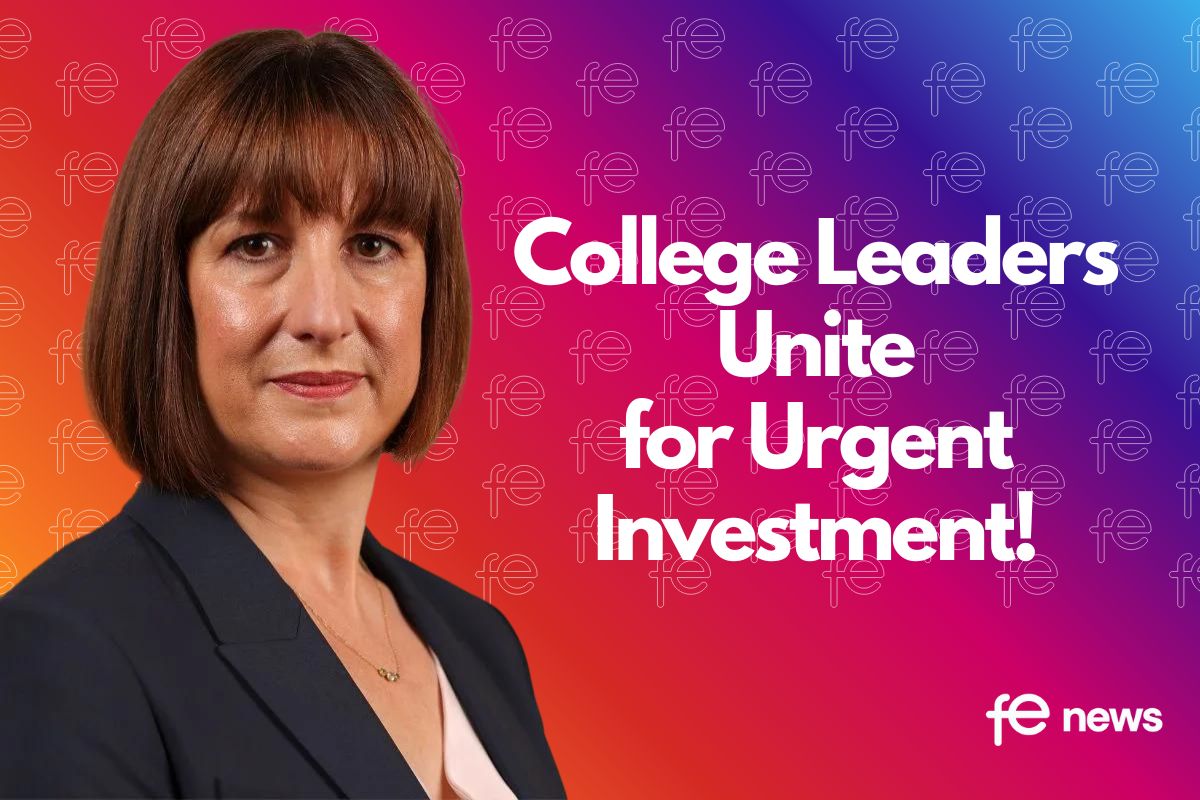Classroom video observation: Top 6 questions school leaders most want answered

The ONVU Learning team has recently enjoyed several intense days of conversations with senior school leaders and Multi-Academy Trust CEOs at the Inspiring Leadership Conference 2019, The Sheffield Hallam Festival of Education, and at Child Expo.
It’s clear that schools are facing an increasingly complex set of challenges right now, yet it was encouraging to see the ways to support their goals of improving outcomes the school, teachers, and students.
Video-based lesson observation is now seen as a solution to help solve many of the problems schools face; teaching and learning improvement through teacher development, teacher retention through extra support and coaching, and teacher recruitment through offering early career development opportunities.
Here are the six questions that we were most asked by school leaders seeking to progress to the next stages of talking to their colleagues on SLT and then their School Governors or Trustees about using video based solutions in their schools.
I’m a teacher reluctant to introduce this technology… convince me
The key is to build teacher trust by giving teachers ownership of their video.
All the schools we work with see the implementation as a supportive initiative and we work with all stakeholders to create transparent and teacher-led policies and processes which our technology supports.
From our perspective, the only approach to adopt, which is professional and ethically sound, involves the teacher being in complete control of the video, secure in the knowledge that it’s a tool for them and their development, and not a tool to be used against them.
Once teachers are convinced on the integrity of the use of our system and using it, it has transformed observations from a subjective experience to something that many teachers are excited to engage with and see the wider purpose of their own personal development from.
Many teachers have previously grappled with mobile video recording equipment to record their lessons but not sustained this through the overhead of time involved and what we’ve now come to call, “the cost of distraction”.
It’s important to note that the technology is not the whole solution. Any video-based lesson observation solution should be enabled with guidelines to aid self-reflection, or access to a qualified mentor to assist the teacher to see what’s there, not what they think is there.
How do we navigate GDPR when using video in the classroom?
Now over a year since the introduction of GDPR most schools understand what they need to do when adopting new technology and systems but some schools are still grappling with the detail of what is required.
Schools need to provide clear documentation to respect the rights and safety of those in their schools. In the first instance schools need to establish their lawful basis for processing the video data, then have supporting internal documentation to justify this, and then finally back this up with the necessary data protection impact assessments (DPIA).
The majority of schools that we work with substantiate their lawful use of video based systems and the processing of that data through ‘public task’; in that a school is of public benefit and that the professional development needs of its teachers are paramount to its success.
DPIAs should ensure for example that systems being used have the appropriate encryption levels, examine who has access and when, with the appropriate notifications taking place.
But what do parents think about classroom video?
This is very much connected to the school having well constructed and communicated policies and practice in place. It’s important to fully involve parents when introducing a video observation system to support teacher development.
Parents are often impressed by the opportunities that video-based coaching offers to deliver better teaching for their children and that offers the possibility of ensuring teacher continuity through higher retention.
They have their legitimate concerns, but with a clear explanation as to the purposes the technology is put, who has access to the footage, and what the security and compliance process is – these can all be turned into positives around the teaching being provided to their offspring.
How do you introduce the use of video based reflection and observation into the classroom?
This depends on the size of the school and budgets, but we’d initially advise running a pilot programme with volunteer teachers. They can share their experiences with colleagues and become ‘champions’ over time, making the whole process inclusive as the staff contribute to the development and expansion of the provision. Where you start depends on the strategic needs of your school.
Given the shortage of teachers coming into the profession many schools are looking to implement the technology to support teachers that they have already and who need some extra support, or the NQTs coming into their schools for the first time, especially pertinent given the planned Early Careers Framework and the value and efficiency that can be added in rolling out this initiative.
What are the right objectives to set?
In all of this, there is only one objective, to provide the best teaching and learning experience for the students by giving their teachers the best coaching and development opportunities.
That may be through teacher self-reflection, coaching or with time the sharing of teaching practices between colleagues.
What would be good initial wins to achieve?
An increase in evidence informed conversations about the development of teaching and learning; NQTs being inspired to look at their practice and continue to develop it, more experienced teachers questioning their practice, and again enjoying the professional stimulus of looking at their classrooms in a way that they may not have done recently.
Andrew Goff, Director, ONVU Learning











Responses